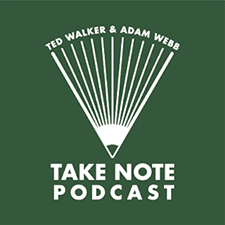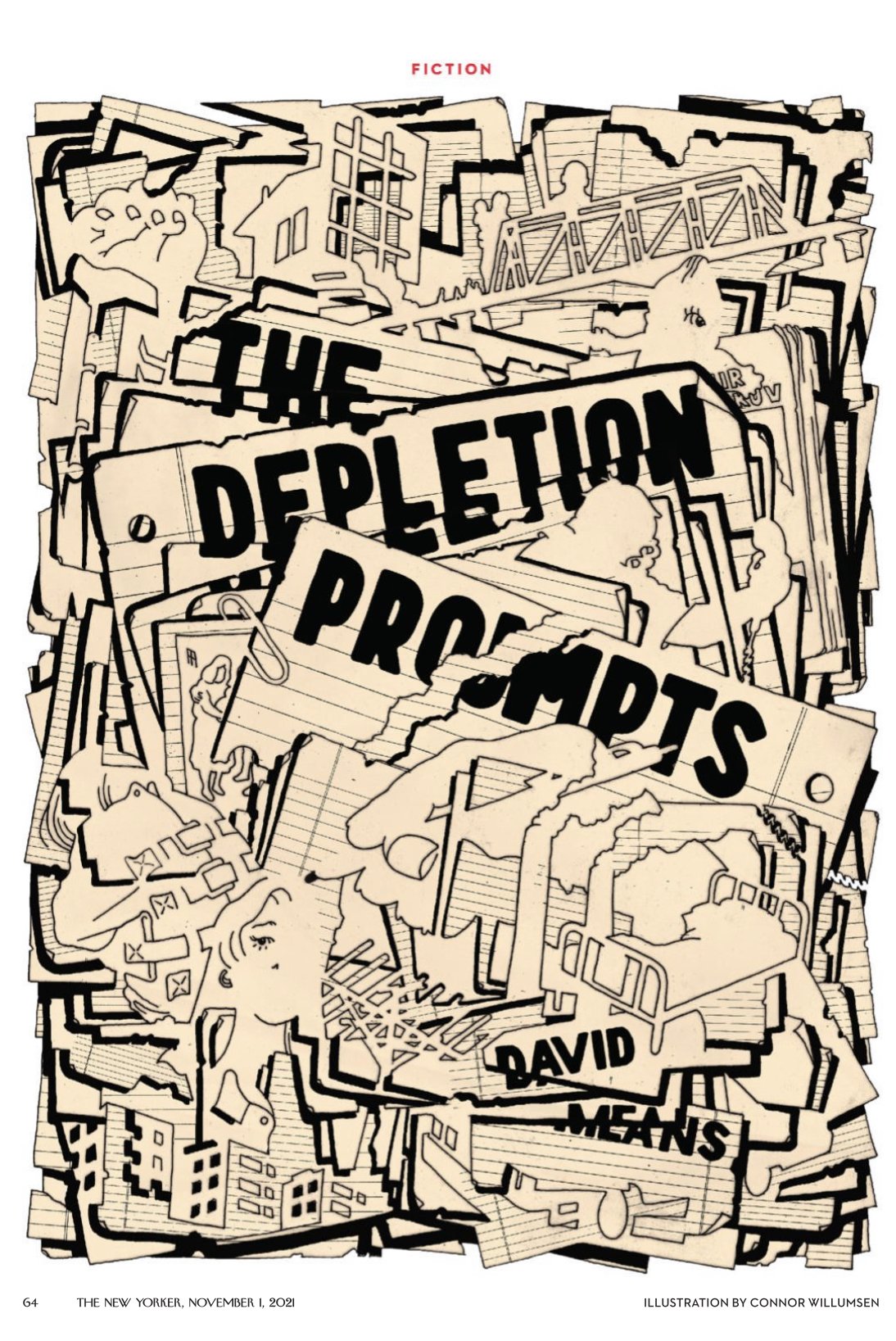Touchstones: Carrère, Sedaris, and Batuman

There are a few bits of insight about keeping a notebook and writing that I return to often. I find myself repeating them on the podcast. The first is advice on how to open yourself up in your notebook. The next is a simple method for finding the worthwhile notebook item and beginning to revise. The third is a definition -- almost an algebraic equation -- for the short story and the novel.
1.
When The Paris Review interviewed Emanuelle Carrère in 2013, the interviewer said the words "writing exercises" and Carrère was off an running:
It’s a piece of advice given by the German Romantic Ludwig Börne. “For three successive days, force yourself to write, without denaturalizing or hypocrisy, everything that crosses your mind. Write what you think of yourself, your wives, Goethe, the Turkish war, the Last Judgment, your superiors, and you will be stupefied to see how many new thoughts have poured forth. That is what constitutes the art of becoming an original writer in three days.”
I continue to find this excellent advice. Today still, when I’m not working on anything, I’ll take a notebook, and for a few hours a day I’ll just write whatever comes, about my life, my wife, the elections, trying not to censor myself. That’s the real problem obviously—“without denaturalizing or hypocrisy.” Without being afraid of what is shameful or what you consider uninteresting, not worthy of being written. It’s the same principle behind psychoanalysis. It’s just as hard to do and just as worth it, in my opinion. Everything you think is worth writing. Not necessarily worth keeping, but worth writing. And fundamentally, that’s what a large part of literature attempts to do—reproduce the flow of thought.
If you're feeling stuck, find a quiet space, open yourself up to this process, and fill half a notebook in no time. What's more important, I think, is what comes next. It's much easier to get started next time.
I recommend Carrère's true crime book The Adversary, his novel Class Trip, and his biography of Philip K. Dick. I also really liked the movie he wrote and directed, The Moustache.
2.
In the introduction to David Sedaris' collected diaries, he summarizes how his stories move out of his notebook:
Another old-fashioned practice I maintain is carrying a notebook, a small one I keep in my shirt pocket and never leave the house without. In it I register all the little things that strike me, not in great detail but just quickly. The following morning I'll review what I jotted down and look for the most meaningful moment in the previous day, the one in which I felt truly present. It could have been seeing and old friend, or just as likely it could have been watching a stranger eat a sandwich with his eyes closed. (That happened recently, and was riveting.)
It’s as though the key to becoming a writer is right here and I never get around to it.
3.
In Elif Batuman's essay on the Best American Short Stories, she disparages novels I love and she unexpectedly praises the writer my co-host can't stand. That's not why I recommend this essay but I hope these gossipy bits encourage you to read the whole thing.
Her perceptive opinions on short stories have been lodged in my head for years. They’re fun arguments to test but in my mind they’ve simmered so long they’ve reduced to facts:
The short-story form can only accommodate a very specific content: basically, absence. Missing persons, missed opportunities, very brief encounters, occuring in the margins of “Life Itself”: when the content is minimalist, then it makes sense to follow the short-fiction dictates: condense, delete, omit.
Novels, like short stories, are often about absences; but they are based on information overload. A short story says, “I looked for x, and didn’t find it,” or, “I was not looking anymore, and then I found x.” A novel says, “I looked for x, and found a, b, c, g, q, r, and w.” The novel consists of all the irrelevant garbage, the effort to redeem that garbage, to integrate it into Life Itself, to redraw the boundaries of Life Itself.
I adore both of Batuman's books.
It's a stretch but you could argue that each of these three touchstones leads to the next. Together they serve as a simple lesson plan for being a writer. It’s this simple, right?
-Adam
The photo at the top of this post is Haruki Murakami’s desk. Because he drives Ted crazy.
This story first appeared in PROMPTS, Take Note’s email newsletter. Sign up now!




